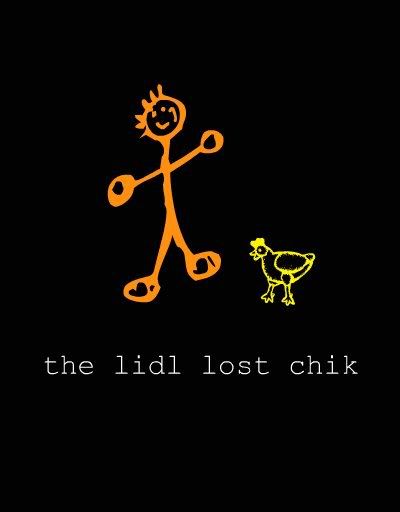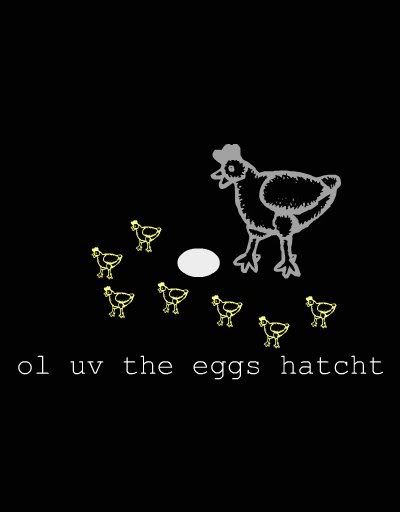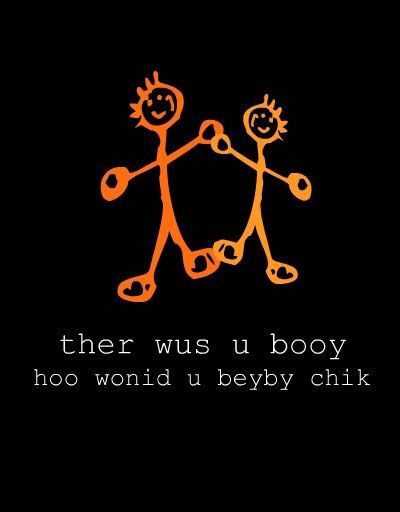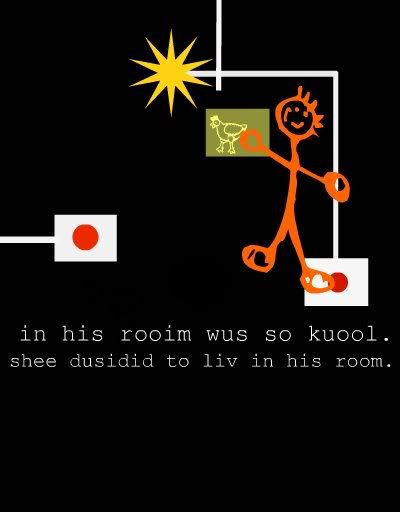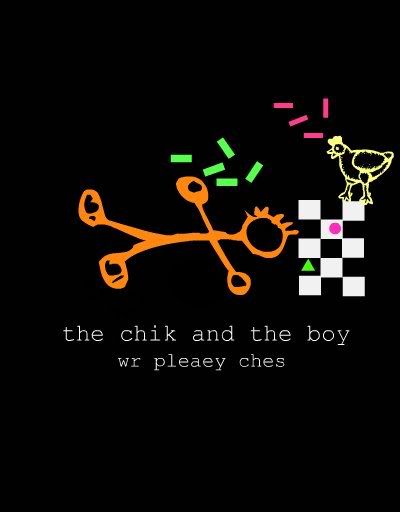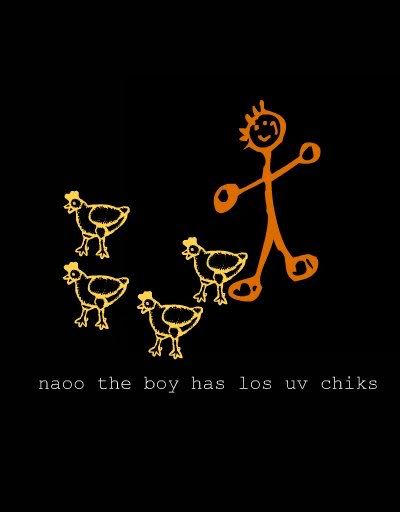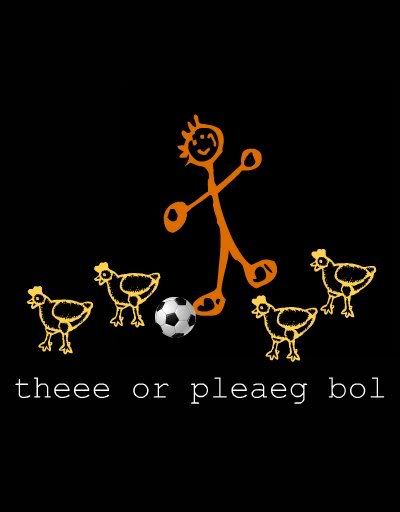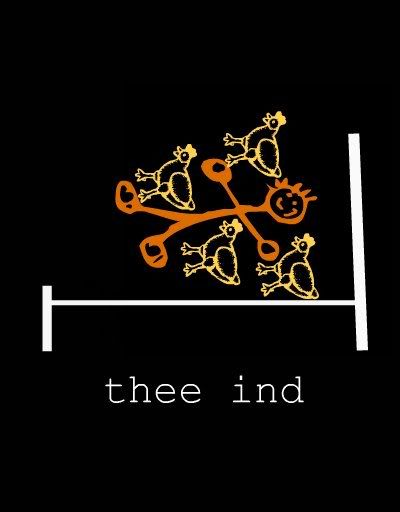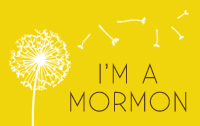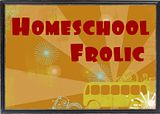The next few posts will be a little weak in the content area. I'm sorry. My brain sort of fried when it came to cool activities for San Francisco. So instead of fun activities, we mostly read books.
When talking about San Fran, some obvious topics arise. Like earthquakes. The following are the books we read on the subject. (I was, quite frankly, disappointed by what I found at the library. I should have gone in person and chatted with a librarian rather than just looked online because really, they have to have better earthquake books than what I found.)
When talking about San Fran, some obvious topics arise. Like earthquakes. The following are the books we read on the subject. (I was, quite frankly, disappointed by what I found at the library. I should have gone in person and chatted with a librarian rather than just looked online because really, they have to have better earthquake books than what I found.)
 If You Lived at the Time of the Great San Francisco Earthquake by Ellen Levine. This was a good read. I should warn you though--the first few pages are a tad slow. Even I was bored. But the middle of the book really picks up and is way more interesting. So skim the first few pages--maybe summarize for your kids--but read the rest.
If You Lived at the Time of the Great San Francisco Earthquake by Ellen Levine. This was a good read. I should warn you though--the first few pages are a tad slow. Even I was bored. But the middle of the book really picks up and is way more interesting. So skim the first few pages--maybe summarize for your kids--but read the rest. Natural Disasters: Earthquakes by Luke Thompson. Not a terrible book but didn't explain what an earthquake is as well as I would have liked. I spent some time looking up youtube videos about earthquakes and I didn't find any great explanations there. Maybe plate tectonics is just really hard to explain in a simple way.
Natural Disasters: Earthquakes by Luke Thompson. Not a terrible book but didn't explain what an earthquake is as well as I would have liked. I spent some time looking up youtube videos about earthquakes and I didn't find any great explanations there. Maybe plate tectonics is just really hard to explain in a simple way. Shock Waves Through Los Angeles: The Northridge Earthquake by Carole G. Vogel. I should have stopped with the first two books. This book has a few pictures of people bleeding and one pic of a boy and his mom at a funeral (the dad and brother in the family both died). My kids were . . . overwhelmed, I think. It was too much. I started to get really concerned faces and they wanted me to assure them that we didn't live where an earthquake would happen (which, of course, we do live in earthquake country), and I could tell it was too much.
Shock Waves Through Los Angeles: The Northridge Earthquake by Carole G. Vogel. I should have stopped with the first two books. This book has a few pictures of people bleeding and one pic of a boy and his mom at a funeral (the dad and brother in the family both died). My kids were . . . overwhelmed, I think. It was too much. I started to get really concerned faces and they wanted me to assure them that we didn't live where an earthquake would happen (which, of course, we do live in earthquake country), and I could tell it was too much.So we closed the book and ended the discussion and I did my best to distract them with other, more pleasant, things.
Little lesson learned by me.
PS: There are other things you can do with earthquakes, like make a family earthquake plan and practice it a few times. Or you can call the fire department and find out about earthquake field trips. Around here there is a van you can go in and it starts shaking and gets hot and basically fakes an earthquake so the kids can practice climbing under the counter. Or you can put together some hygiene kits to send to earthquake survivors. I'm positive you could make a model of plate tectonics out of clay, if you really wanted to.
Just because I'm pregnant and lazy doesn't mean you have to be!































